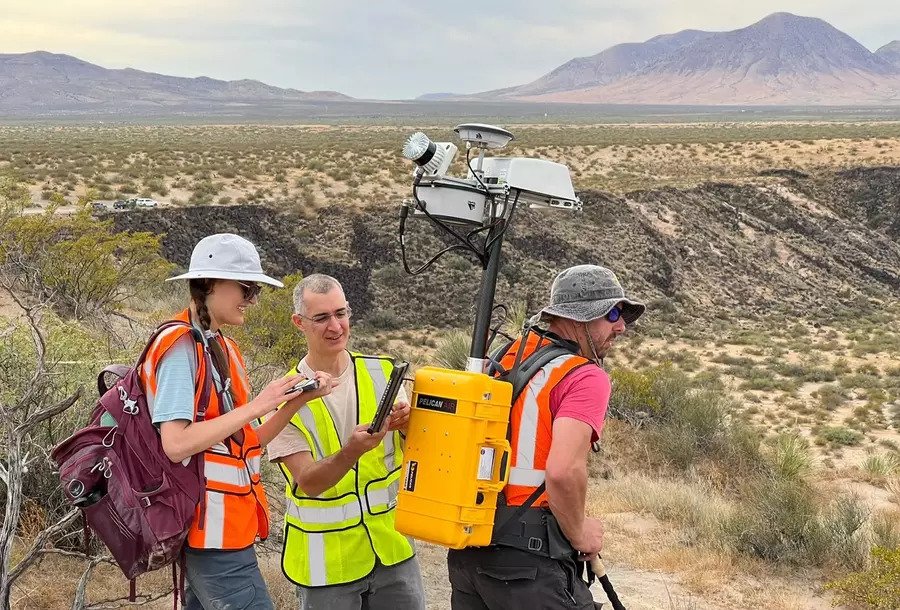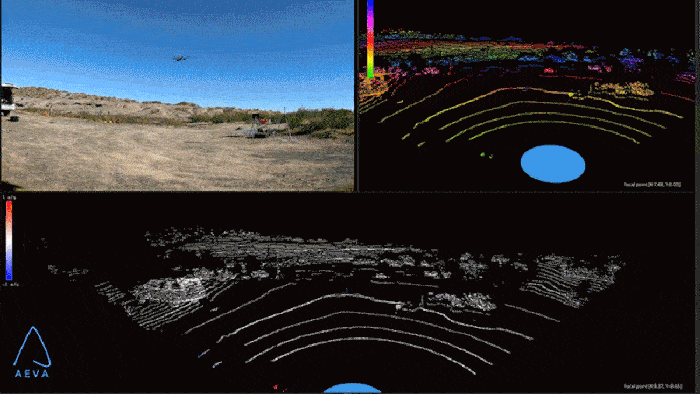NASA has developed a system for mapping the surface using a laser radar, which can be carried by a person. It is planned that it will be used by astronauts on the Moon.

Device for mapping in a backpack
NASA’s Marshall Space Center has developed a surface mapping system that can fit in a backpack rather than on a satellite. Currently, its weight is 18 kilograms. Therefore, only one person can carry this device.
The system is called Kinematic Navigation and Cartography Knapsack (KNaCK). It is a laser radar – LIDAR connected to a navigation system. Due to this, it is possible to create three-dimensional maps of the surface with centimeter precision just while moving along it.
The developers suggest using KNaCK on the Moon when astronauts start exploring it. In this case, it can be used not only to create maps, but also for navigation. If a person who is far away from the base loses the GPS signal, the new device will be able to point the way to the right place.
How KNaCK works
The basis of KNaCK is the LIDAR detector. This device is similar to a radar that forms an image of the Earth from satellites. However, instead of a beam of radio waves, it has a laser with a modulated frequency. When the laser is reflected off a surface, its frequency changes. When it returns to the device, the distance can be set based on the deviation from the initial wavelength. By a similar principle, for example, the distance from the Earth to the Moon is measured.

And when the navigation system remembers every second the point from which the measurement is made, it becomes a great way to get a set of coordinates that together form a map. Until that, the system was tested on Earth in a volcanic crater.
The main disadvantage of KNaCK today is the weight and size. Astronauts already have to carry an oxygen regeneration system on themselves. And they also need to take something to put samples in. Therefore, experts are working to reduce the new mapping system to the size of a jar with a circle.
According to www. sciencealert.com
